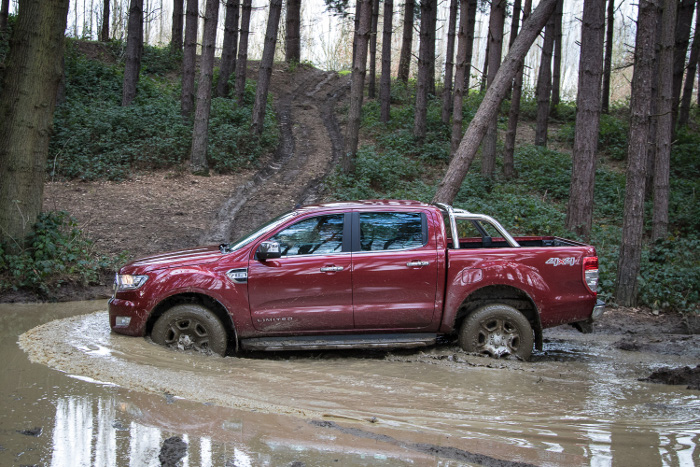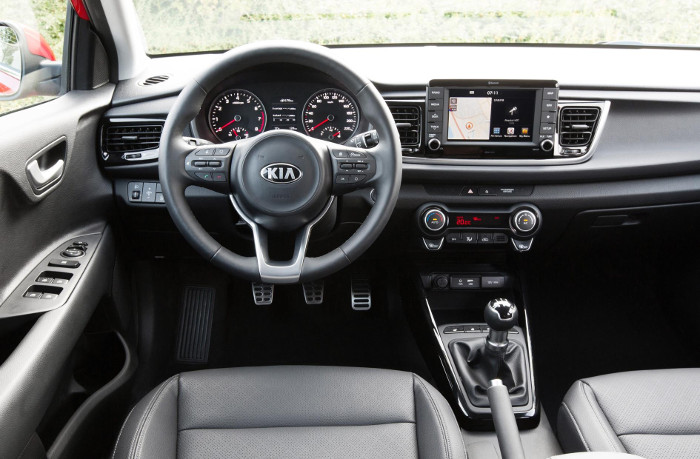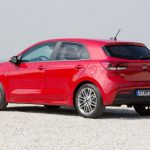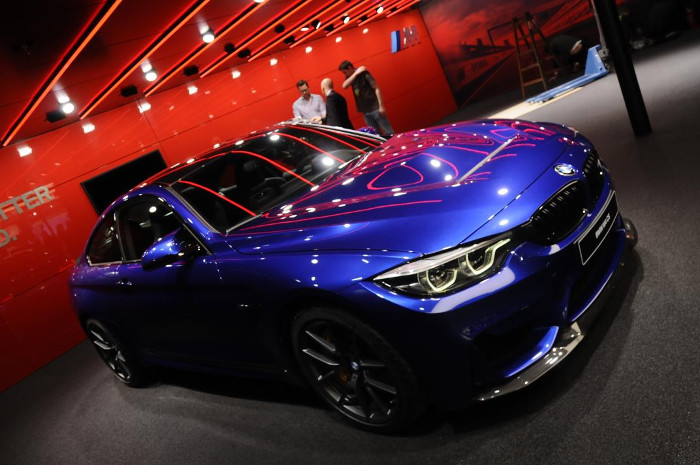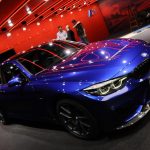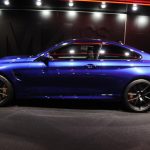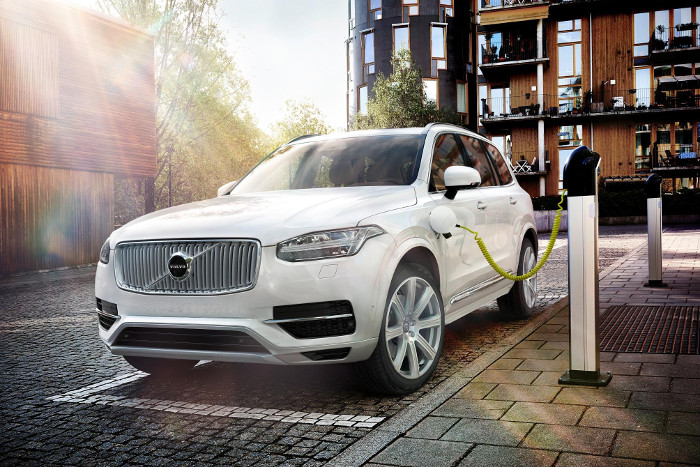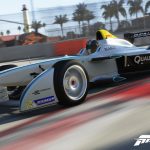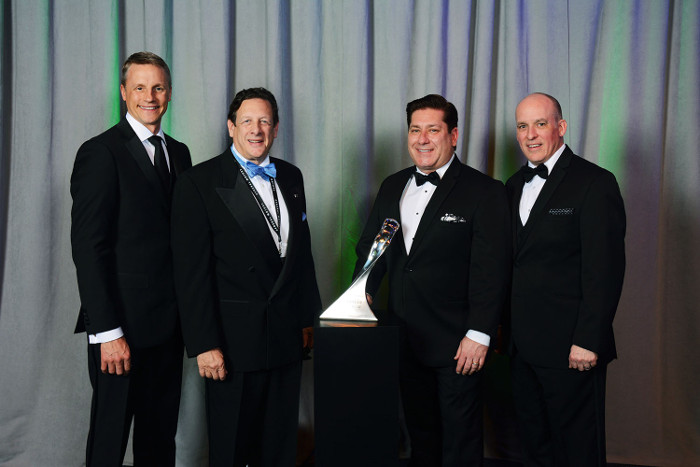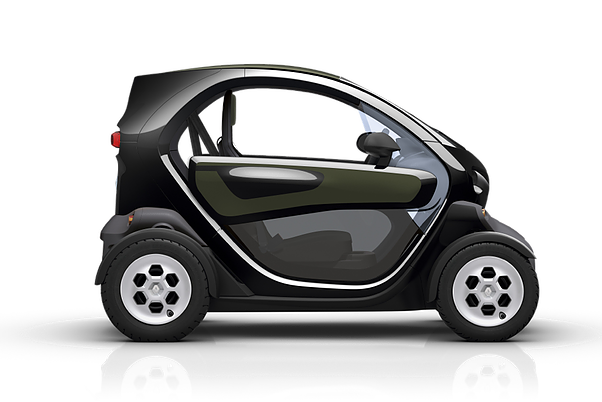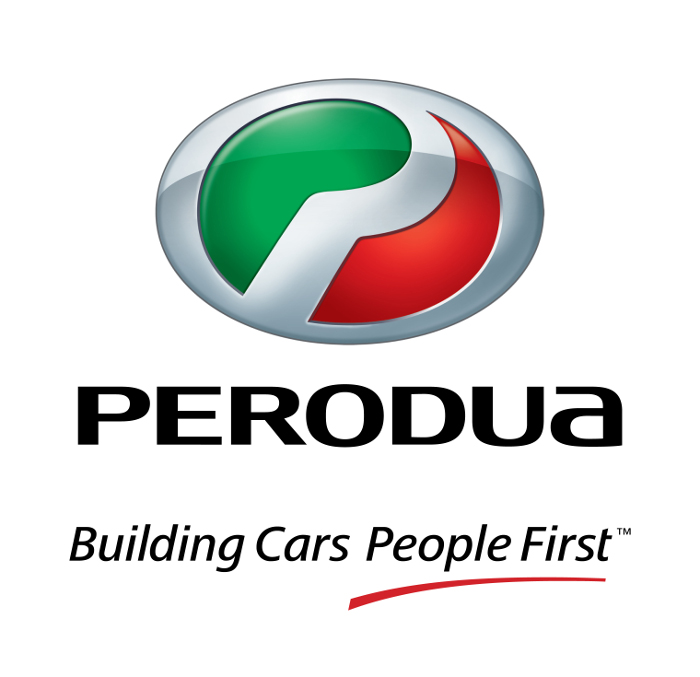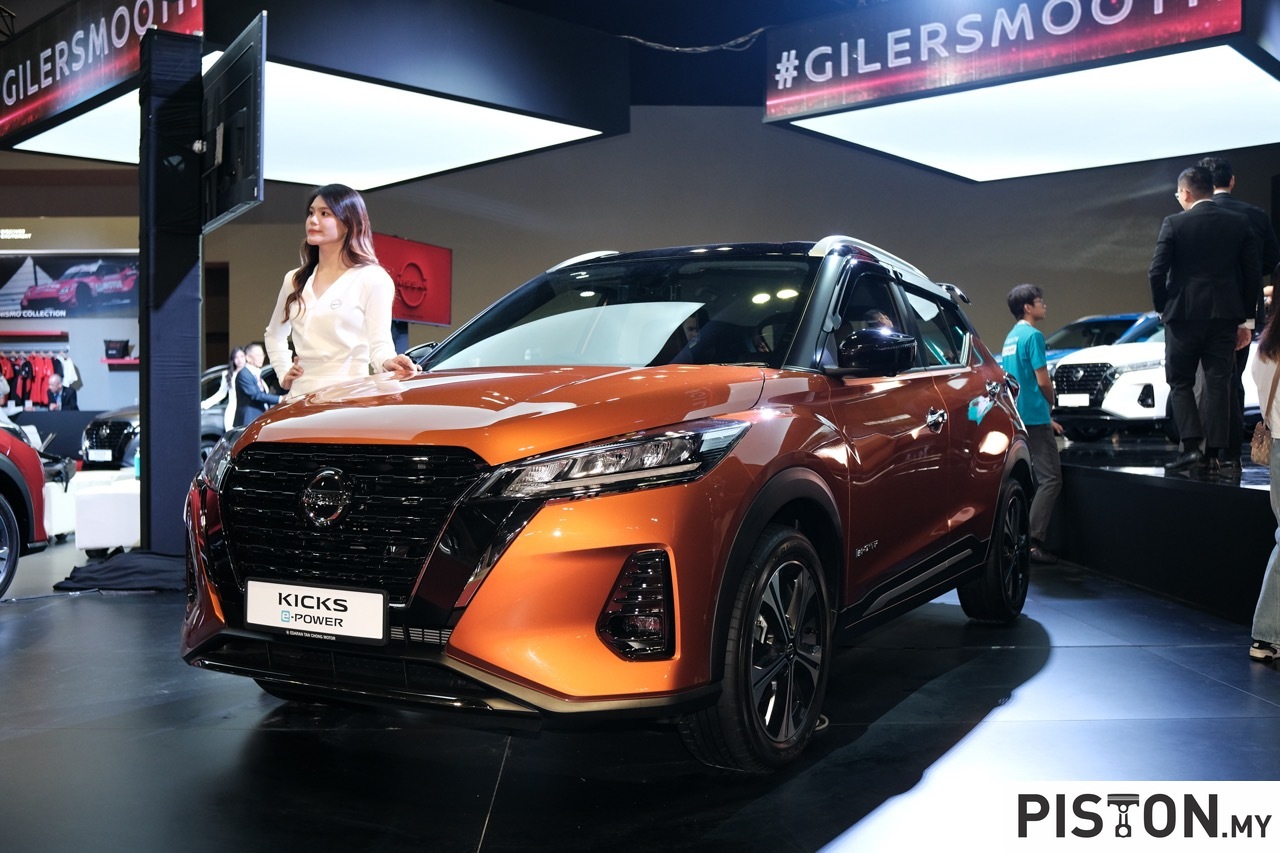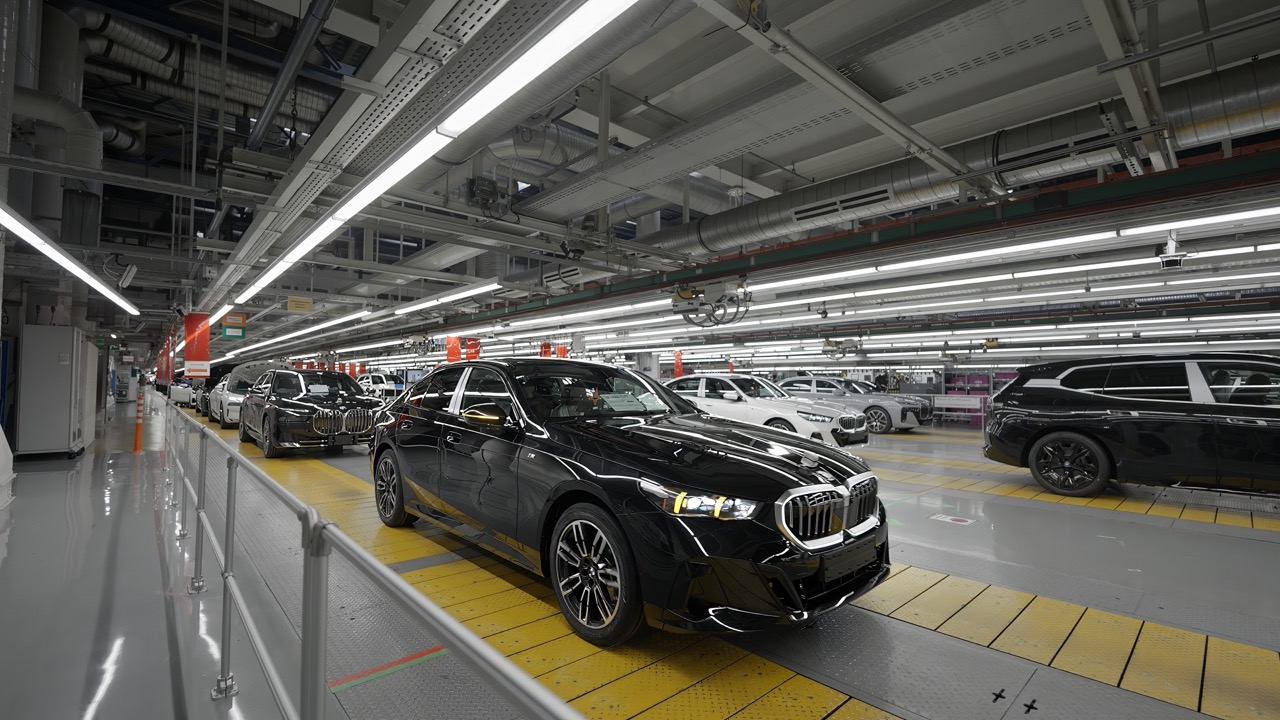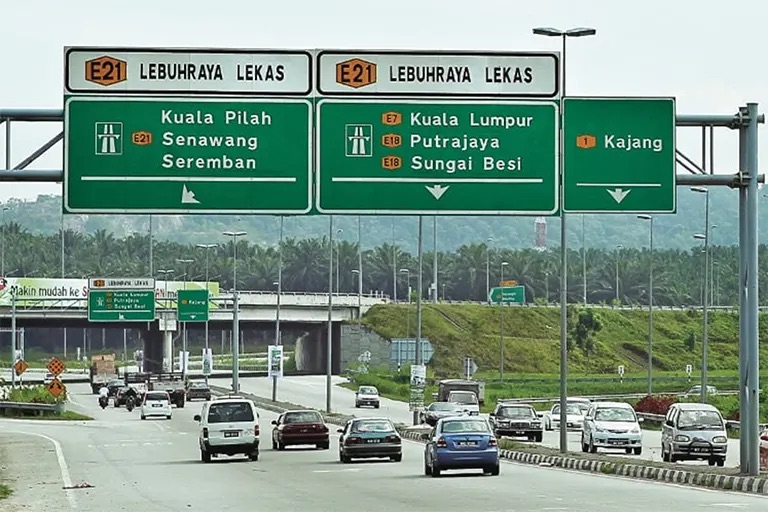Ford has introduced a new variant of their ever popular pick-up truck in the Malaysian market, called the Ranger FX4. The vehicle is said to have been inspired by the needs and wants of the enthusiast community and as such features an updated grille and visual graphics.
The FX4 is fitted with an exclusive new front grille with a mesh pattern, matte decal design on the bonnet and blacked-out fog light bezel that add to its menacing appeal. Under the bonnet is the same 2.2-litre Duratorq diesel engine that produces a decent amount of horsepower and torque for a vehicle of its size.
Ford has fitted 18-inch Stark Gray painted wheels and a black sports bar to complement the overall theme of the graphics. On the tailgate, there’s a blacked-out decal that spells out the word RANGER, which contrasts with the vehicle’s body colour.
Inside, the same exterior colour combination has been incorporated into the cabin, The leather seats complement the dark interior and offer a sense of refinement to this off-road vehicle.
Like the rest of the line up, the FX4 features Ford’s SYNC in-car connectivity system as well as safety tech that include Rear Park Assist with reverse camera, Electric Power Assisted Steering, Hill Descent Control, electronic locking rear differential and Electronic Stability Program.
The FX4 comes with the same water wading capabilities as the rest of the variants which is a respectable 800 mm deep and features a ground clearance of 230 mm as well as having the ability tow a payload of of up to 3,500kg.
“Our customers in Malaysia already know the Ranger for its raw capability, advanced technologies and rugged, tough appearance,” said Syed Ahmad Muzri Syed Faiz, Managing Director, Sime Darby Auto Connexion. “The Ranger FX4 builds on this foundation with a bold new look and premium features that we think they will love.”
Ford’s Ranger FX4 can be had in either Aluminum Metallic or Meteor Grey body colours and is available to order at RM121,888 at any Ford dealership nationwide. Visit the automaker’s local website to learn more about this new variant.




